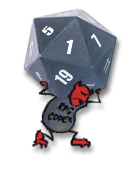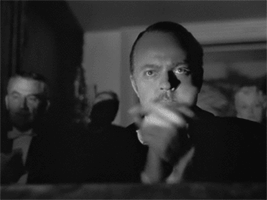Actually, 2 AP doesn't allow as much flexibility as X-COM system by construction :
It is the eternal question of simulation vs abstraction. A 2 AP system assumes that each action is abstracted (ie shooting is not just pointing your gun at your opponent and pressing the trigger, it also covers looking around for target, trying not to be too easy to shoot back at the same time, and maybe shooting several times).
It is the same as in most PnP RPG actually, where an attack is not a single melee strike, but several moves over the course of a fixed timeframe that can result in your opponent being wounded or killed.
2 AP does not require a simplistic Pod Activation system. There are a lot of games using something similar to 2 AP actually : most RPG do after all (DnD is pretty close to a 2 AP system), and as you pointed out, many board games do too. Descent uses a 2 AP system, and is much more complex than Space Hulk, which uses a more flexible one (4 AP per marine and 6 per Alien).
2 AP being abstract allows for more things being abstracted into an action :
Charging and firing on the move are easier to represent with a 2 AP system (it can still be done, as in Space Hulk, but SH manages to do it by having both cost 1 AP).
You are right that XCOM (and X-COM for this matter) promote a defensive gameplay for different reasons : It is mostly an issue of mission design, as you have little incentive to do the mission quickly (except for terror mission in X-COM, and for meld in XCOM), the best move is to crawl and overwatch.
The Pod activations system makes matter worse, as moving too much would give a greater chance to activate two pods at once.
Both Space Hulk and Descent (and its cousins Doom, Star Wars : Imperial Assault) manage to avoid this issue by having one side getting reinforcements over time, and it works rather well, so it can work with both systems.





















